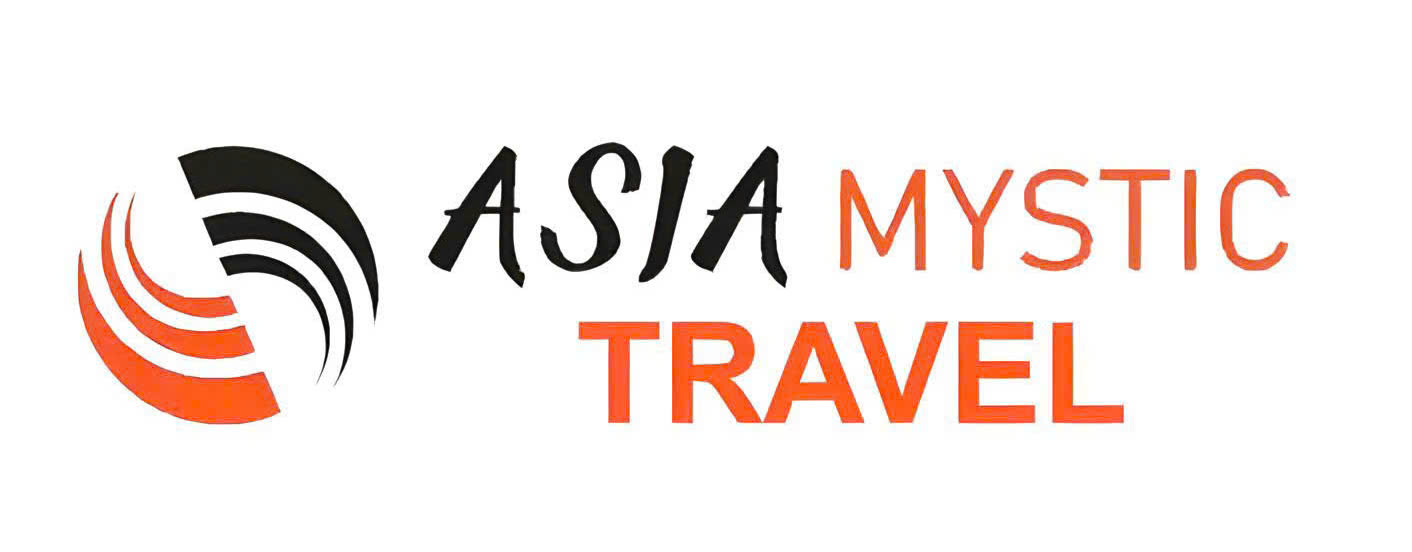
North And South Vietnam: Key Differences & Travel Guide
Weather in North and South Vietnam
When planning your trip across North and South Vietnam, understanding the country’s diverse climate is essential. The weather can differ dramatically between regions, and it often shapes how you experience everything, from city strolls to mountain hikes and beach days.
In North Vietnam, you’ll encounter four distinct seasons. Spring (Feb–Apr) is mild and blossoming, while summer (May–Aug) is hot, humid, and often rainy - ideal for lush landscapes like Ha Long Bay. Autumn (Sep–Nov) brings crisp air and golden light, perfect for sightseeing and trekking.
Winter in the north (Dec–Feb) is unexpectedly chilly. Hanoi often drops to 10°C, and in mountainous Sapa, it can dip near freezing. On rare occasions, Sapa even sees snow, making it the only place in Vietnam where that happens. Misty hills, cozy mountain homestays, and steaming bowls of local soup create a magical, almost alpine vibe.
In contrast, South Vietnam has a tropical climate with just two seasons: dry (Dec–Apr) and rainy (May–Nov). The dry season brings sun-soaked days and temperatures around 30°C, ideal for beach trips and exploring the Mekong Delta. Rainy season showers are short and often refreshing, rarely ruining travel plans.
If you’re traveling across north and south Vietnam, expect stark but fascinating contrasts: cool highlands in the north, and warm, tropical energy in the south: one trip, two climates, endless possibilities.
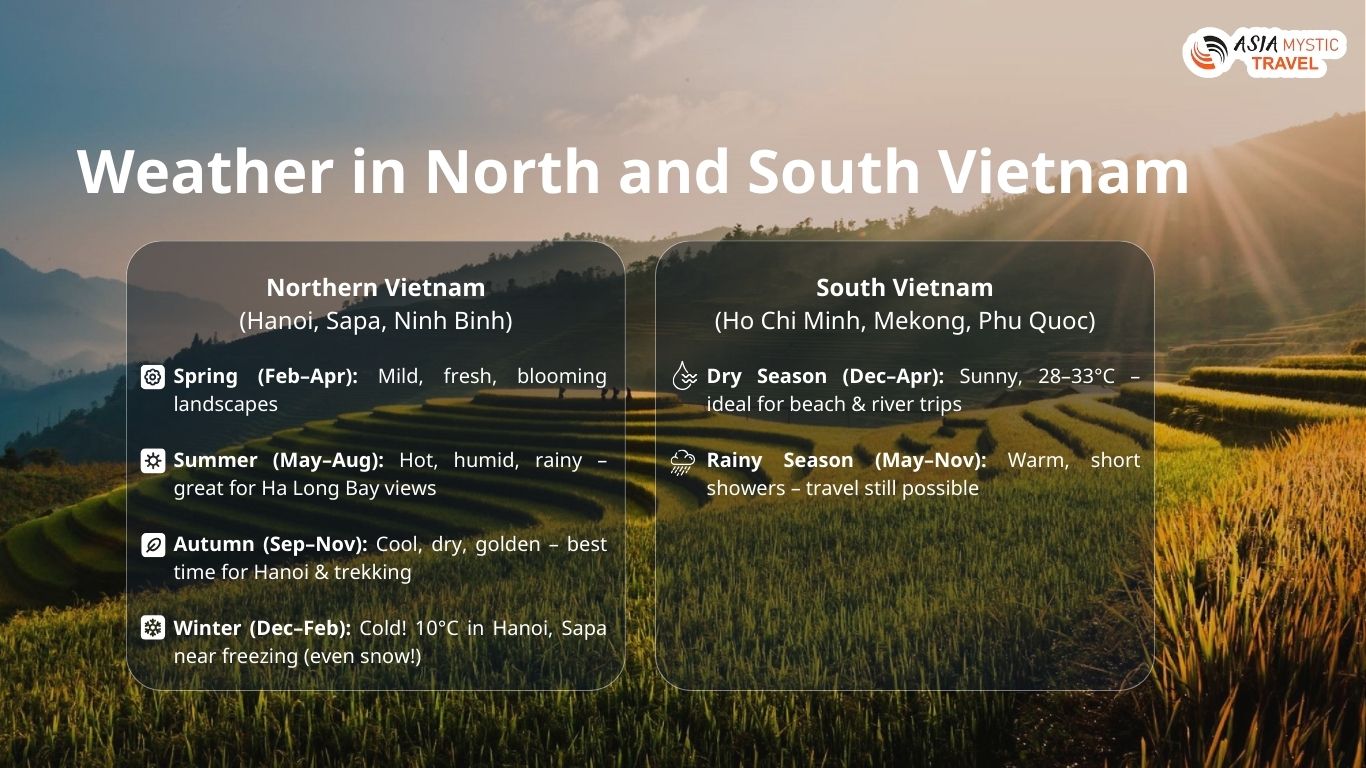
Differences between North vs. South Vietnam
One of the most fascinating parts of traveling across North and South Vietnam is noticing how distinct the regions feel, not just in scenery, but in daily life. From how people speak and eat to the way they greet strangers, here’s what sets the two apart.
People & Personality
In general, northern Vietnamese people are often seen as more traditional and reserved. Influenced by centuries of Confucian values, especially in cities like Hanoi, northerners may come off as formal at first, but they are warm and deeply hospitable once you connect.
In contrast, southern Vietnamese, especially in Ho Chi Minh City, tend to be more open, easygoing, and business-minded. Their friendliness is usually immediate, and the social energy feels more relaxed and spontaneous.
Language & Accent
Vietnamese is spoken throughout the country, but the accent and word choices vary greatly. In the north, especially Hanoi, the accent is considered the “standard” for education and media. The southern accent is softer and more melodic, often dropping certain final consonants. Some words are even used differently between regions, so even locals can sometimes have a good laugh over a language mix-up.
Etiquette
Etiquette in North and South Vietnam shares core cultural values, respect for elders, modest dress, and polite behavior. But there are subtle differences.
In North Vietnam, especially in places like Hanoi, social interactions may appear more formal at first glance. Locals tend to be careful with words and gestures, especially with strangers. In contrast, the pace of life in South Vietnam is faster and more laid-back. The etiquette here feels warmer and more spontaneous, especially in business or street encounters.
Cuisine
Food reflects regional identity more than anything. Northern Vietnamese cuisine is light, balanced, and subtle in flavor. Think of dishes like pho with clear broth, or bun cha (grilled pork with noodles) paired with herbs and dipping sauce. Meanwhile, southern Vietnamese food is bold, sweet, and rich, often influenced by tropical ingredients like coconut milk and sugar. You’ll find hu tieu, banh xeo (crispy pancakes), and spicy seafood stews packed with vibrant flavors. If you love variety, exploring the food scene in both North and South Vietnam is a culinary adventure on its own.
Suggested Itinerary for Exploring North and South Vietnam
To truly appreciate the contrasts and connections between North and South Vietnam, a well-balanced itinerary is key. Here are some suggested places that take you from the cultural heart of the North to the energetic soul of the South.
Hanoi
The capital city of North Vietnam, Hanoi, blends traditional charm with French colonial elegance. Known for its bustling Old Quarter, peaceful lakes, and historical temples, Hanoi is the perfect starting point for any northern adventure.
Visitors can enjoy sidewalk pho, sip egg coffee by Hoan Kiem Lake, or explore cultural landmarks like the Temple of Literature and the Ho Chi Minh Mausoleum. Hanoi’s layered atmosphere makes it both energetic and reflective, a place where every street has a story.
>>> Top 10 Things To Do In Hanoi - Explore deeper with our full Hanoi guide.
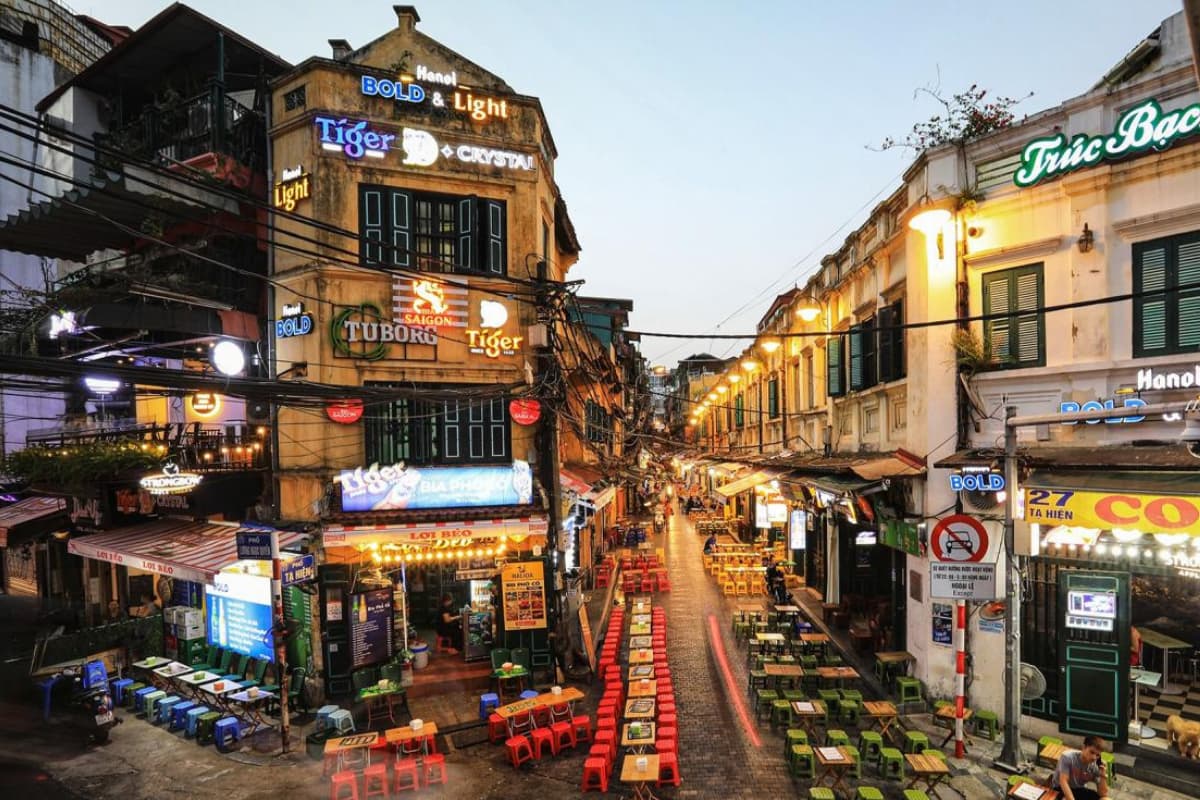
Ninh Binh
Located just two hours south of Hanoi, Ninh Binh stuns with limestone karsts, golden rice fields, and winding rivers.
Take a boat ride through Trang An or Tam Coc, cycle through quiet villages, and visit ancient sites like Hoa Lu (Vietnam’s first capital). It’s an easy yet rewarding destination for anyone looking to experience Vietnam’s natural beauty and spiritual history.
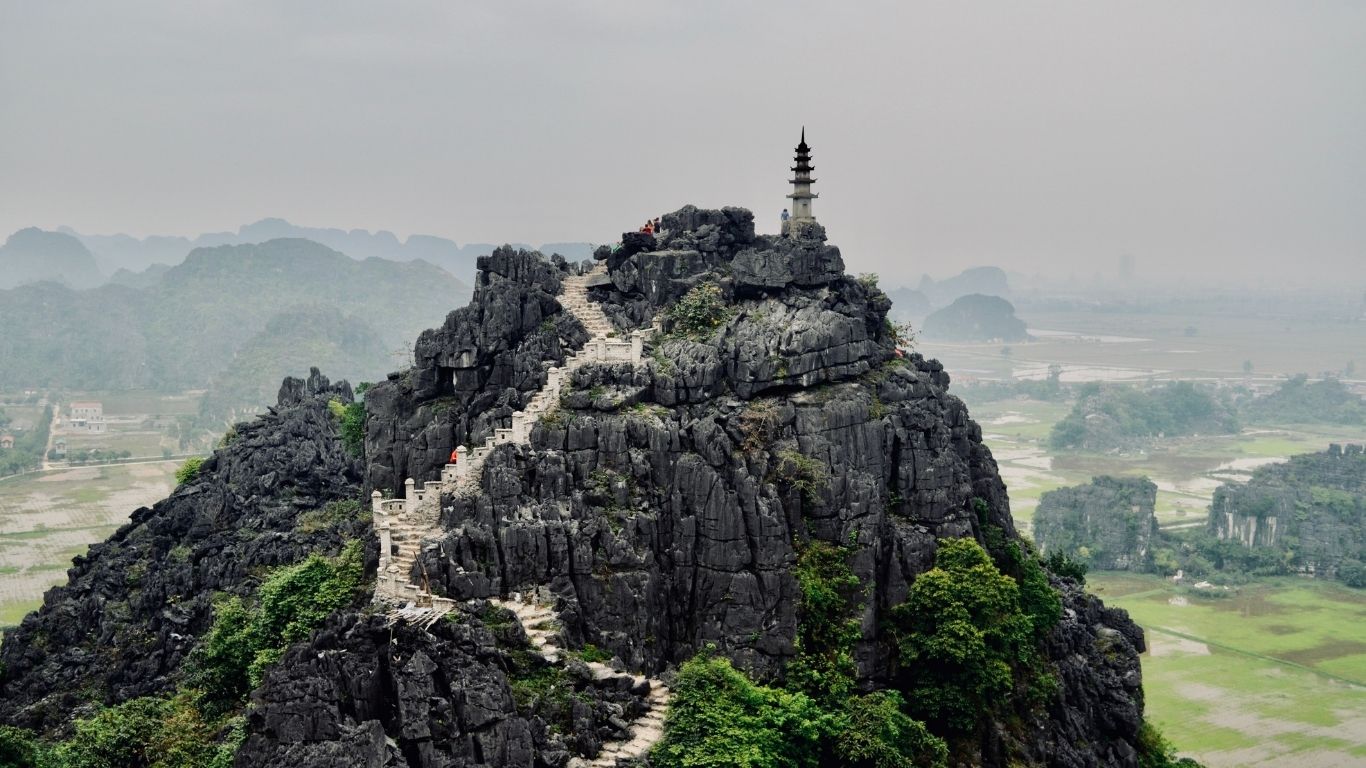
Sapa
Sapa lies in the far north of Vietnam, nestled in the Hoang Lien Son Mountains. This charming highland town is famous for its cascading rice terraces, cool climate, and rich ethnic diversity, home to H’mong, Dao, and Tay communities. It’s also the only place in Vietnam where you might see snow, particularly during January and February.
Travelers come to Sapa for immersive trekking experiences, village homestays, and panoramic views of Fansipan - the “Roof of Indochina.” Whether you’re hiking through misty trails or browsing local hill tribe markets, Sapa offers a raw and authentic glimpse of northern life.
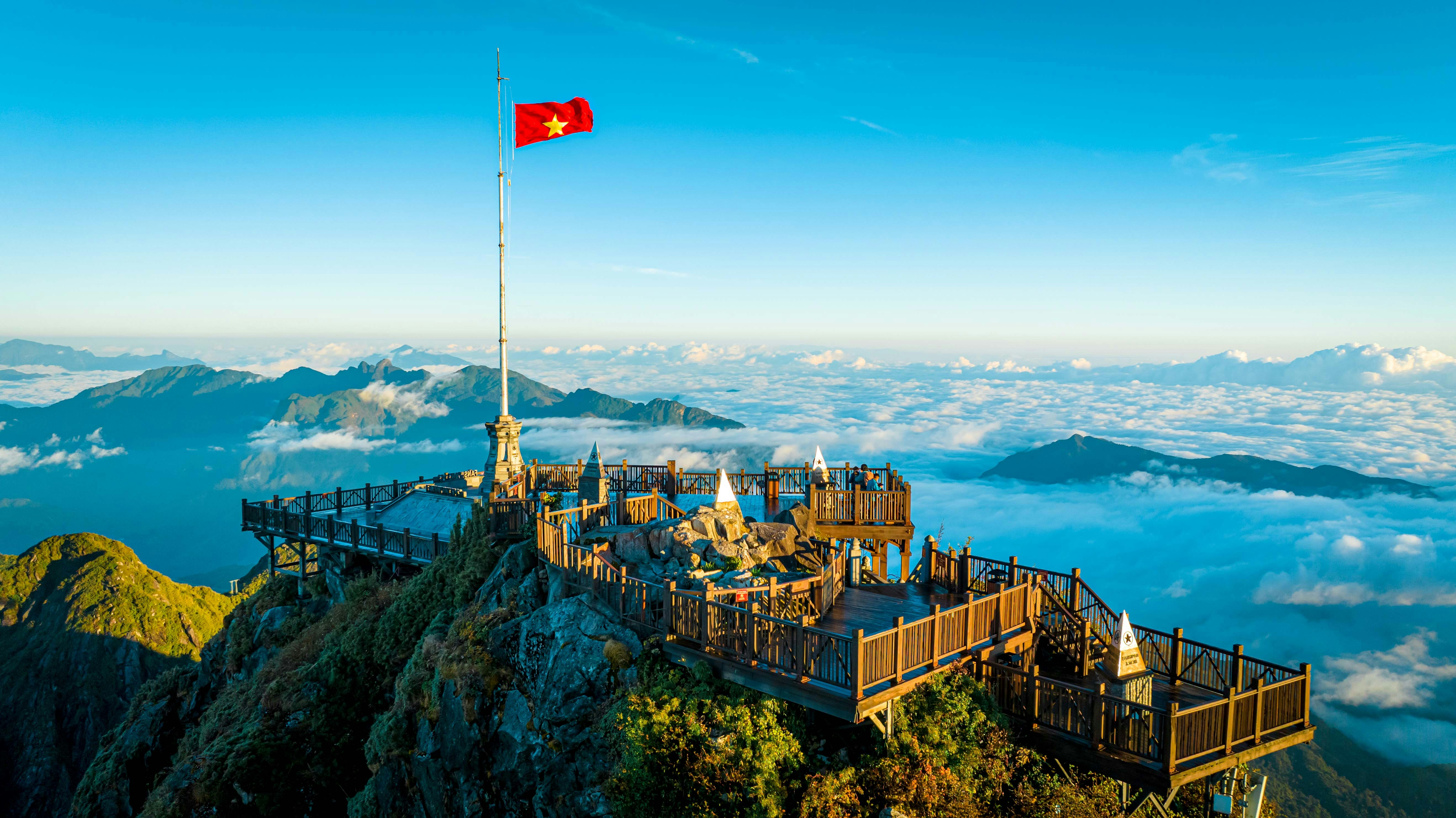
Ha Giang
For those seeking adventure beyond the usual path, Ha Giang is a must. Located in the far north, this mountainous region is known for the epic Ha Giang Loop, a scenic motorbike route that winds through misty valleys, sharp limestone peaks, and terraced fields.
Along the way, you’ll encounter local hill tribes, weekend markets, and the jaw-dropping Ma Pi Leng Pass. It’s one of Vietnam’s last true frontiers - raw, breathtaking, and deeply rooted in tradition.

Hue
Once the imperial capital of Vietnam, Hue is rich with royal history and graceful charm. Located in Central Vietnam, Hue is home to the Imperial City, a vast complex of palaces, gates, and temples.
The city sits along the tranquil Perfume River, where visitors can take boat rides to Thien Mu Pagoda or visit the elaborate tombs of former emperors. Hue is also famous for its refined cuisine, such as bun bo Hue, a spicy beef noodle soup loved across the country.
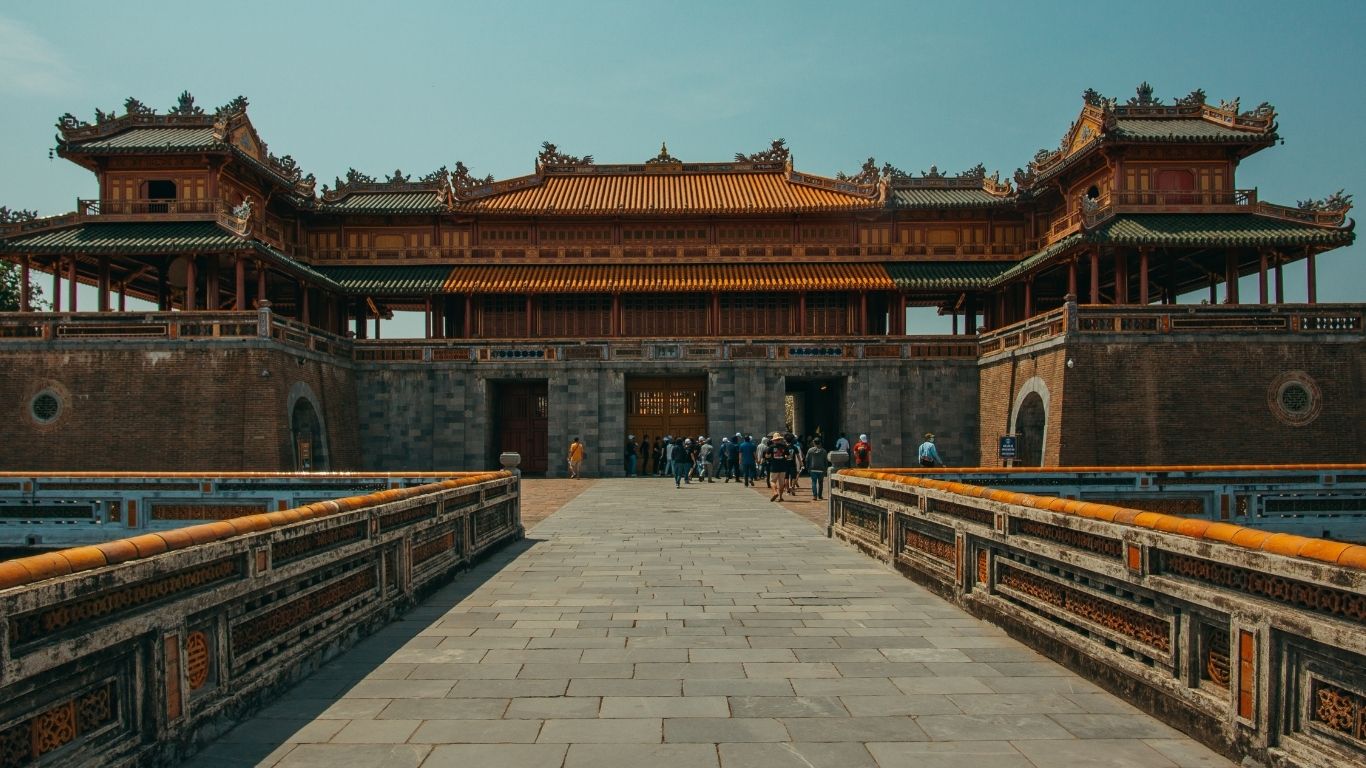
Da Nang
A coastal city with a mix of modernity and nature, Da Nang is a great stopover between Hue and Hoi An. It’s known for long beaches like My Khe, sleek bridges, and the iconic Dragon Bridge that breathes fire on weekends.
Visit the Marble Mountains for caves and views, or ride a cable car to Ba Na Hills and walk the Golden Bridge held by giant stone hands. Da Nang is a clean, convenient city that blends beach time with urban comfort.
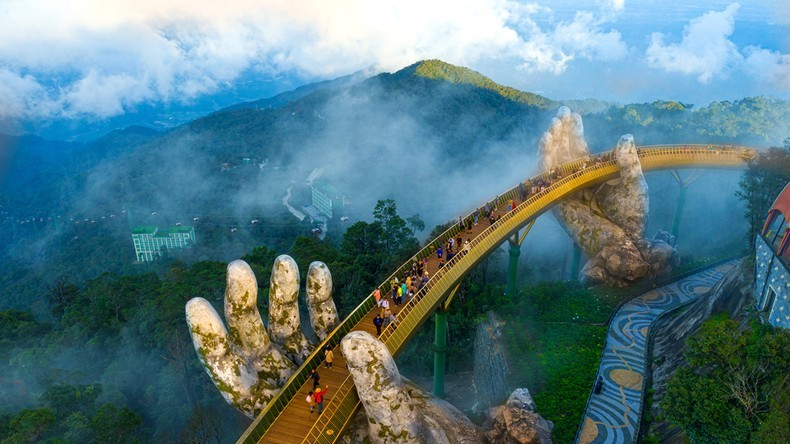
Hoi An
Just 30 minutes from Da Nang, Hoi An is one of Vietnam’s most beloved destinations. Its lantern-lit streets, preserved merchant houses, and riverside charm make it a UNESCO World Heritage site.
Take a cooking class, have custom clothes made, or enjoy street food like cao lau noodles or white rose dumplings. At night, the old town glows with floating candles and gentle music. Hoi An offers both calm and color in perfect balance.
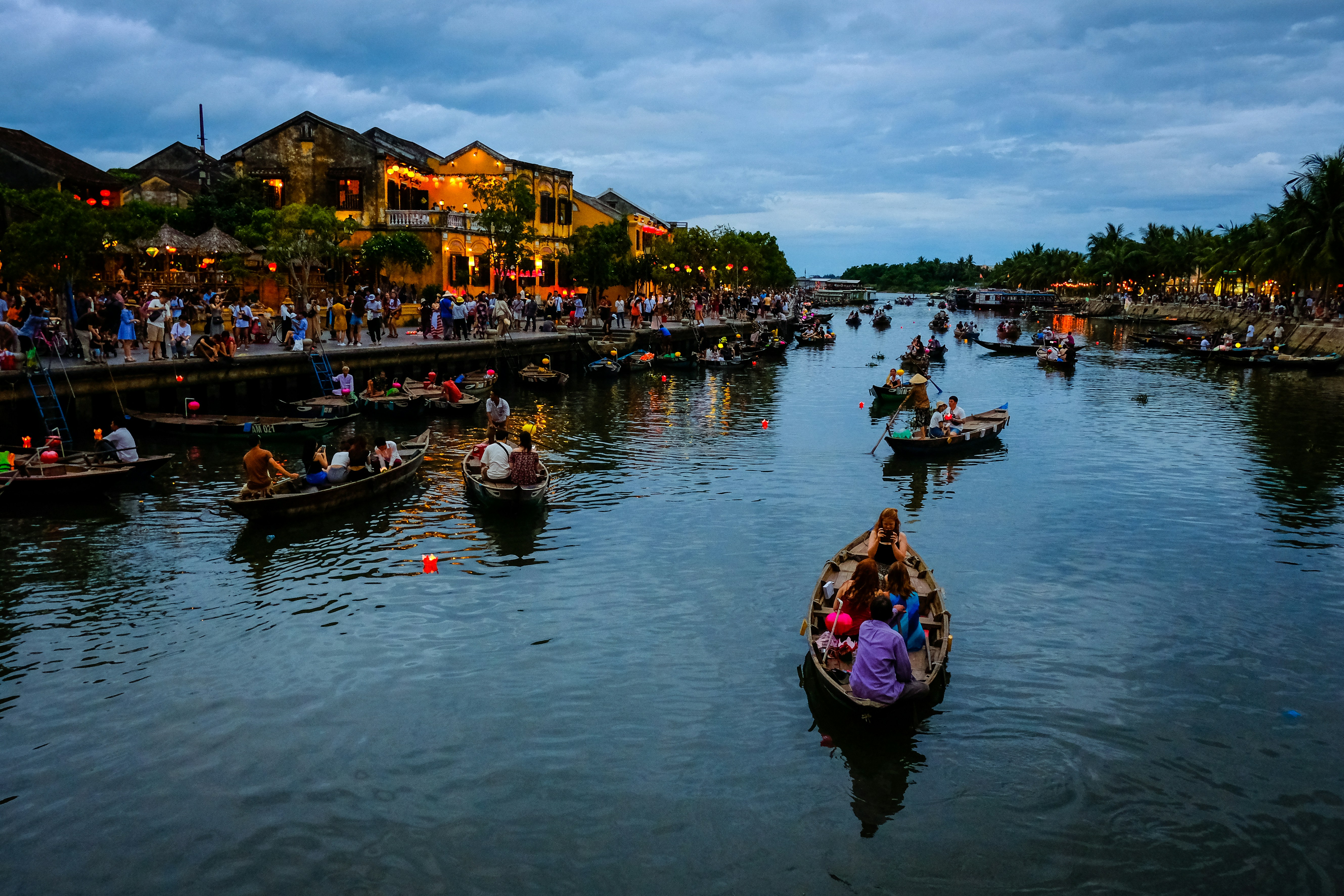
Ho Chi Minh City
As Vietnam’s largest city, Ho Chi Minh City (Saigon) represents the vibrant, forward-moving pulse of South Vietnam. French colonial buildings stand beside glass skyscrapers, while markets buzz with energy from morning to midnight.
Visit the War Remnants Museum, explore the Cu Chi Tunnels, and take in city views from a rooftop bar. The food here is bold and flavorful. Don't forget to try banh mi, hu tieu, and fresh tropical fruits from the local markets.
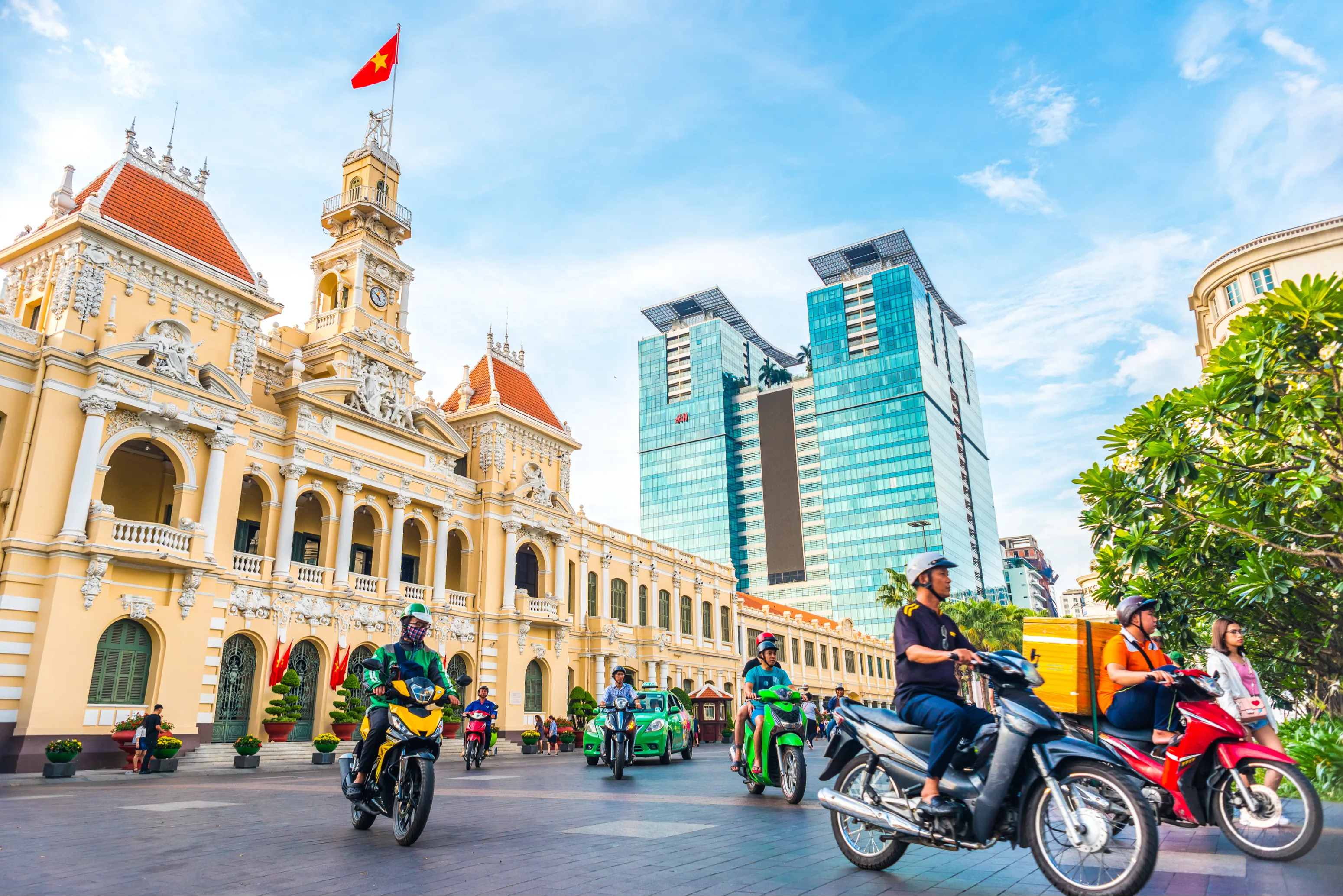
Phu Quoc
Located off the southwest coast, Phu Quoc Island is a beach lover’s paradise. Known for its palm-lined shores, snorkeling spots, and laid-back resorts, it’s ideal for relaxing after a busy journey.
Visit the night market, explore local fish sauce factories, or take a boat to the smaller An Thoi islands. With direct flights from major cities, Phu Quoc is an easy yet beautiful finale to your trip through north and south Vietnam.
.jpg)
Con Dao
For a quieter, more historical island experience, head to Con Dao, a remote archipelago once known for its colonial prisons. Today, it’s a haven of unspoiled nature, marine life, and spiritual sites.
Snorkel in coral-rich waters, visit the Con Dao Prison Museum, or pay respects at the shrine of national heroine Vo Thi Sau. Con Dao remains one of Vietnam’s most peaceful and meaningful island escapes.
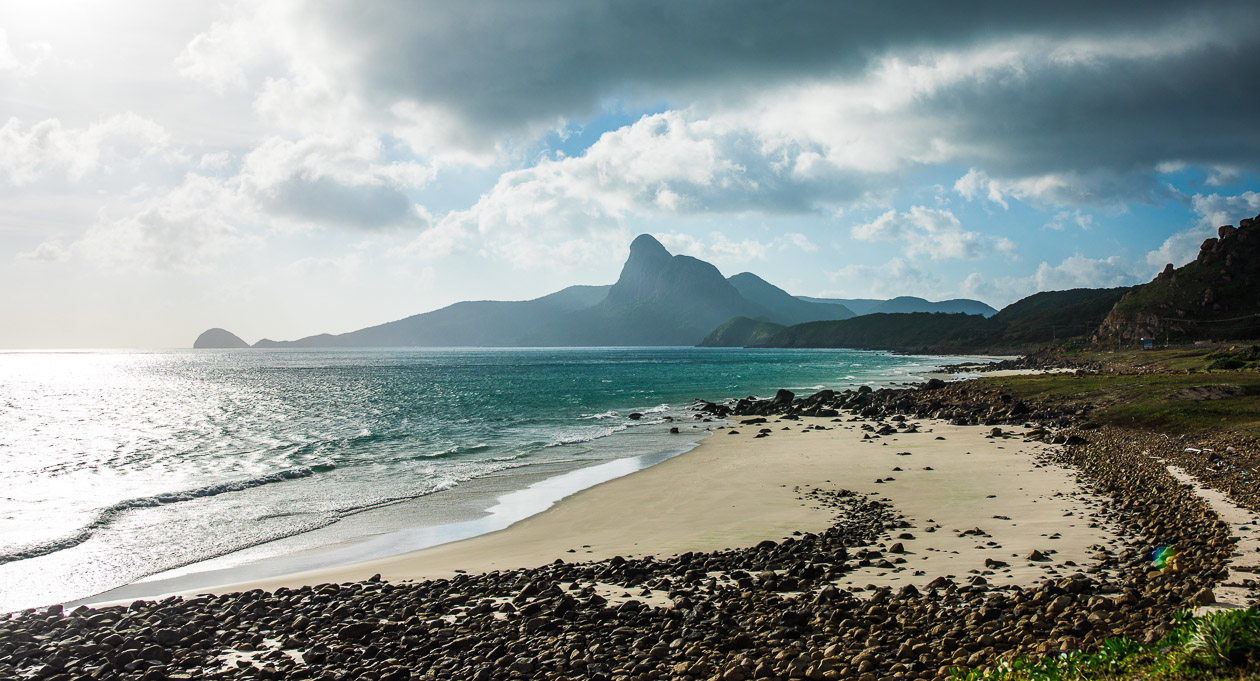
>>> If this journey through North and South Vietnam inspires your next adventure, why not let local experts handle the details? Our 14-Day Splendors of Vietnam Tour is designed to capture the best of mountains, cities, heritage, and beaches. Take it as a reference, we’ll customize it to fit your needs.
Travel Tips for North and South Vietnam
To get the most out of your journey across North and South Vietnam, keep these practical tips in mind:
- Pack for Different Climates: The north can be cold in winter (especially Sapa and Ha Giang), while the south stays warm year-round. Bring layers for the north and light clothing for the south.
- Carry Some Cash: While cards are accepted in cities, rural areas, and street vendors often prefer cash. Keep small bills handy for local eats and transport.
- Eat Local: Each region has its specialties. Try pho in Hanoi, bun bo Hue, and hu tieu in the south. Street food is not only safe but often the best-tasting.
- Download Key Apps: Install Grab (for taxis and food delivery) and Google Translate (for quick communication).
- Get a Visa Before You Arrive: An e-visa is now the most common option and can be applied for online before arrival. Don't wait until the last minute; processing usually takes 3–5 working days.
From the cool highlands of the North to the tropical charm of the South, exploring North and South Vietnam offers a rich blend of landscapes, culture, and cuisine. Each region brings something distinct, but together, they create a complete and unforgettable experience.
>>> Have questions or want to customize your trip across North and South Vietnam? Our travel experts are here to help you plan the perfect journey!
- Hotline: +84963623907
- Email: info@asiamystictravel.com
- WhatsApp: +84963623907
Quick Contact
What do customers say about us?
Join us to experience a trip that will make you remember forever
